2D ART STYLES – EVERYTHING YOU NEED TO KNOW!
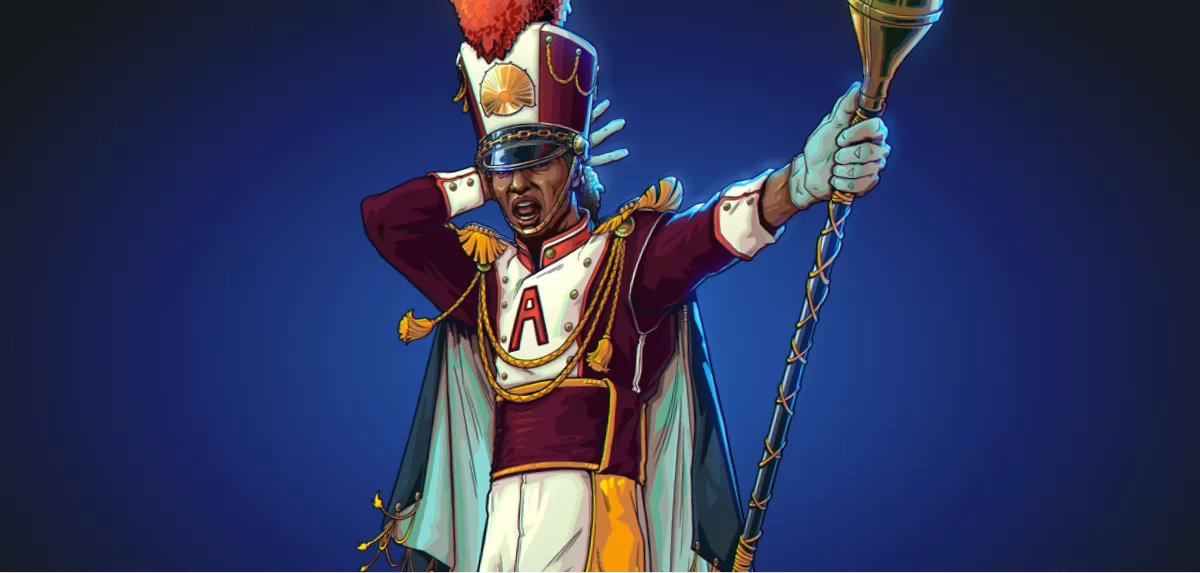
WHY 2D ART STYLES ARE A CHOICE OF MANY? UNCOVERING
THEIR HIDDEN POTENTIAL!
2D ART IN A NUTSHELL!
The game arts and design of a 2-dimensional game are based on flat shapes and objects. The two dimensions are categorized as height and width. If we add a little bit of depth to the shapes, they will turn into 3D objects.
To get a clear understanding, draw a rectangle on a piece of paper, without adding any depths or lengths to it. The image you get after sketching those four lines is called a 2D design. To explain it in simpler words, 2D shapes are completely flat and comprise of sides and corners.
“Canvas and photography is a great example of 2D art”
The graphics of a 2D art game leave a great deal to be desired, but the colorfulness, line saturation, and creativity sometimes wither these ambiguities.
WHAT MAKES 2D ART STYLES SPECIAL?
2D PIXEL ART
A pixel in this 2D art style of the game represents a tiny section of an object displayed on the screen. It takes a combination of thousands if not hundreds of pixels to create a complete object or a digital image. Today, when we come across a 2D pixel art animation, it evokes nostalgia and fills us up with longing for the past.
The 2D game art is nothing like it once used to be! It is favored by many studios as it adds a retro-style feel to modern games. These 2D games appear on our display screen in the form of game sprites, which are overlaid animations. In easy words, these are non-static elements or characters that players control on the screen.
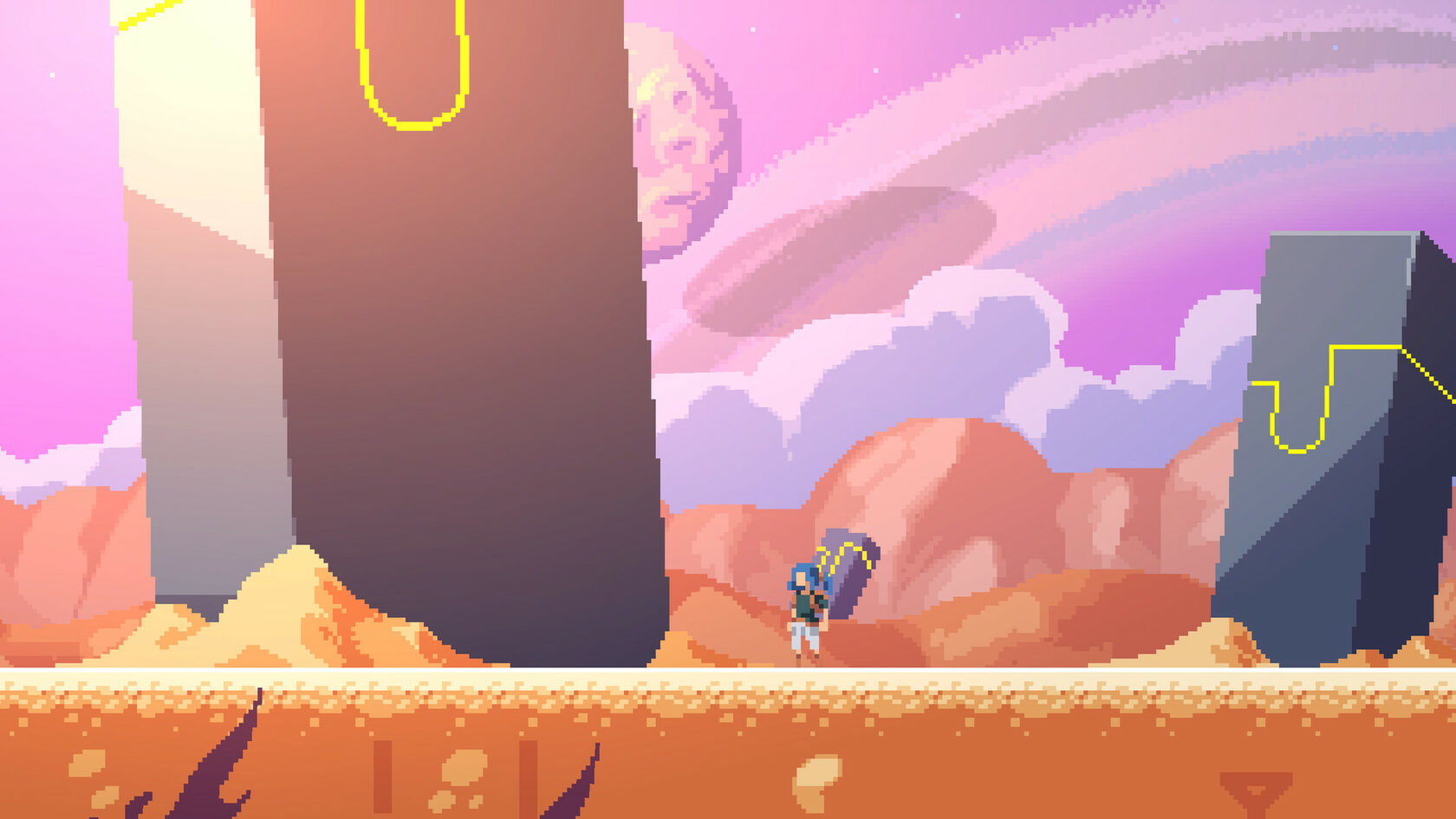
VECTOR ART
Its unique interface isn’t the only attribute it has – the objects can be organized in distinct styles, have better quality and resolution. Unlike pixel art, it uses dots and lines to store information such as color data and dimensions. Additionally, the disk space vector art occupies is relatively lesser than pixel-based game art, which makes it even more admirable.
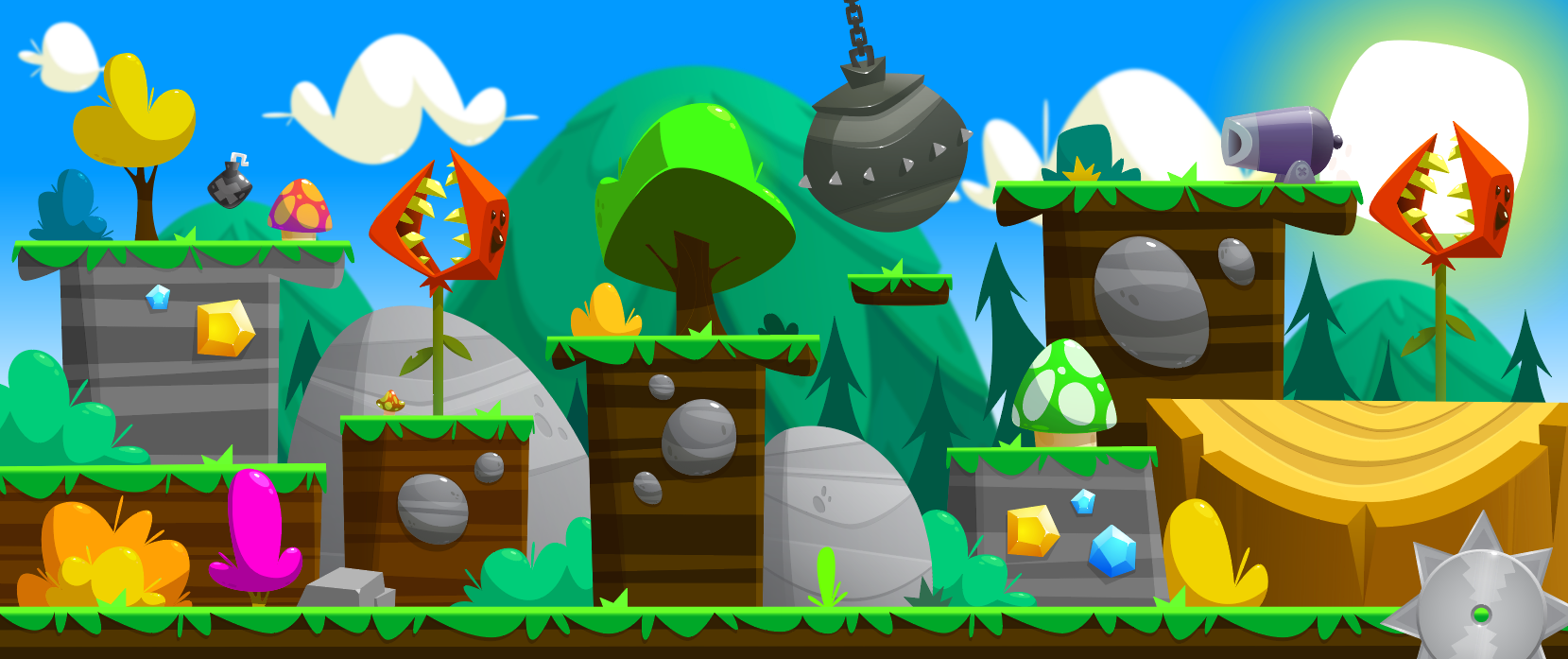
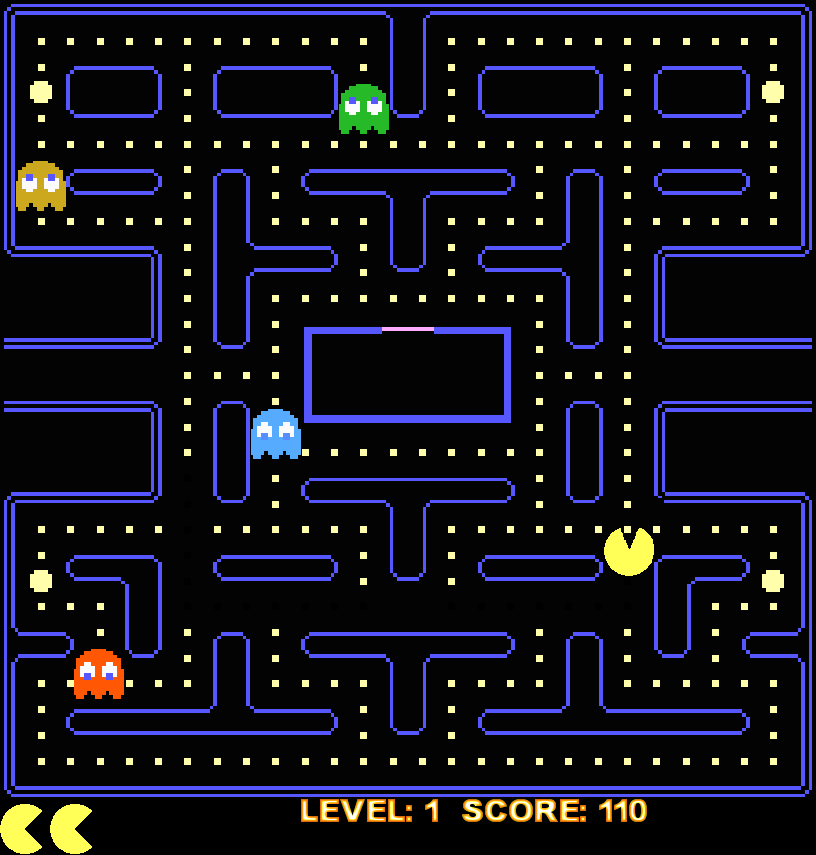
FLAT ART
The name’s self-explanatory – it isn’t as simple as geometric art. It contains images overlapping others to create what users call a game environment. The models in this game art appear like they are made out of paper or cardboard. There is no depth or volume, and it lacks realism, but it is rich in colors.
Artists who design flat art are loaded with creativity. The style of models and the color combination is not easy to decide. They have to dive deep in their thought process to bring out their ingenuity to make it unique. Flat art gained popularity in the mid-'20s, and still, it is the choice of many creators in terms of art and design.
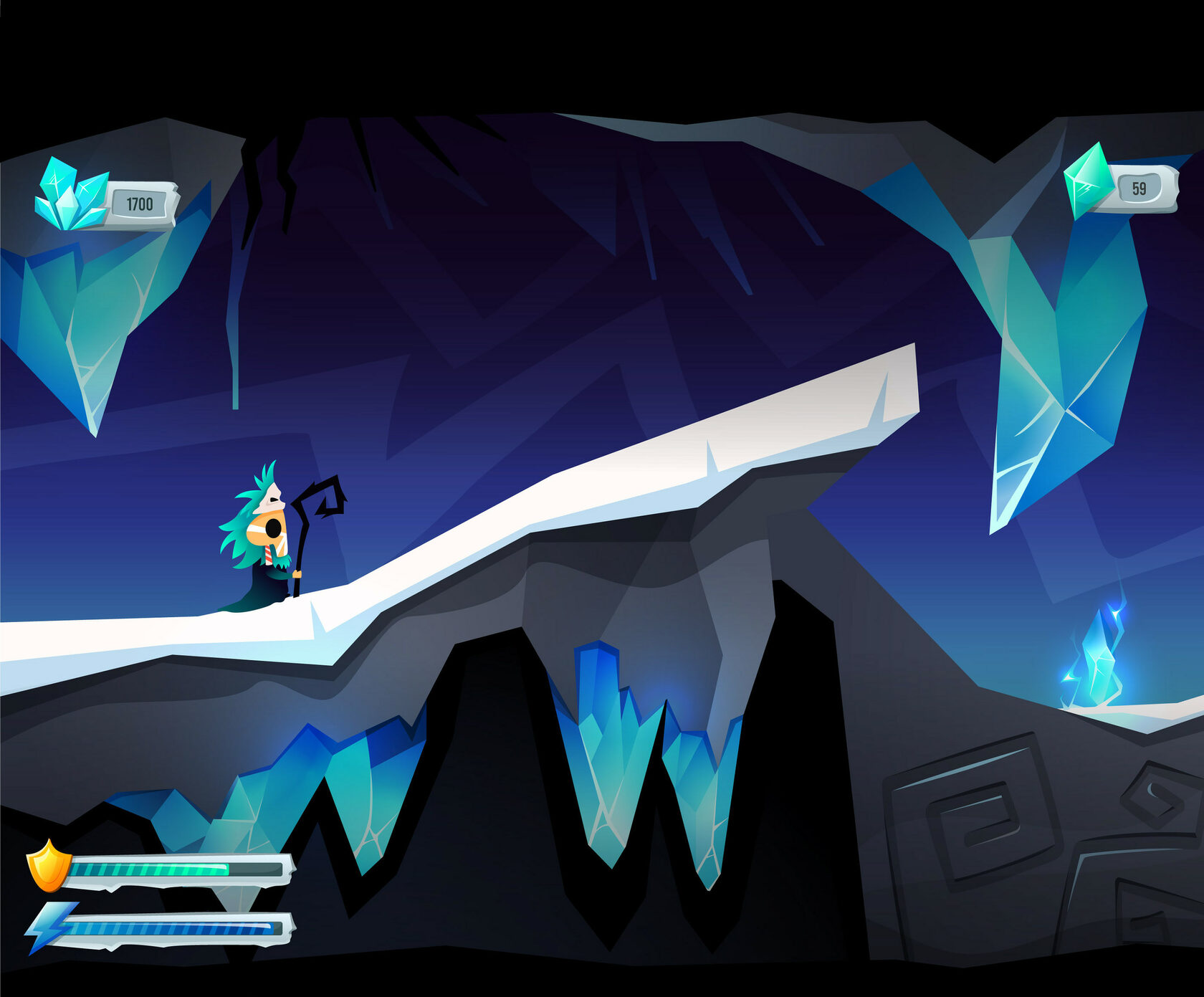
BLACK & WHITE (MONOCHROMATIC) ART
It also depends on the type of atmosphere you wish to build. Most designers prefer different tints of the color black for creating monochromatic games because it streamlines their design. Plus, almost everyone loves this shade, which is another reason.
Monochromatic art has been around for more than a century, but it was only two decades ago since designers thought of implementing it in games. The game limbo is a very good example of a monochromatic 2D art style.

REALISM
An artist, while drawing an image focuses on all the tiny details like scars, backgrounds, and objects in the surroundings. When you play a game with all these aspects in place, it gives an enhanced user experience. The game arts and design in the realism category are progressing expeditiously, thus trying to provide gamers with the graphics and environment they want to enjoy.
.png)
HOW TO DEVELOP GAMES IN 2D ART STYLES
It is why you need to study a game assets designer tool. You can also develop 3D assets, but it is essential to learn about 2D assets development before getting to an advanced stage. Written below are some of the finest 2D asset developing tools you can use to create your very first 2D game art.
- Sketch
- Figma
- Adobe Photoshop
- Adobe Illustrator
- Gimp
- Pixelmator
WRAPPING IT UP!
If you didn’t already know, many 3D games today are embedded with various 2D assets. If you thought that developing a game requires only one technology, you are right to some extent (but it’s only in the case of a 2D art game). Most of the 3D-oriented games today use 2D assets to create menus, options, backgrounds, and even a complete environment.
2D art styles are not going anywhere anytime soon. The market of 2D games is strong to date, and the only reason is the admiration that players have for them. Also, as the technology is evolving, the designers can create 3D look-alike graphics to give a better experience to gamers.
Many games are being developed using these types of art styles. Developers are working on creating different game art styles to include in this category. The day is not far when we’ll see 2D game art on the rise again. 3D art, no doubt, has the revolutionary advantage, but still, the love for 2D art styles won’t disappear.


